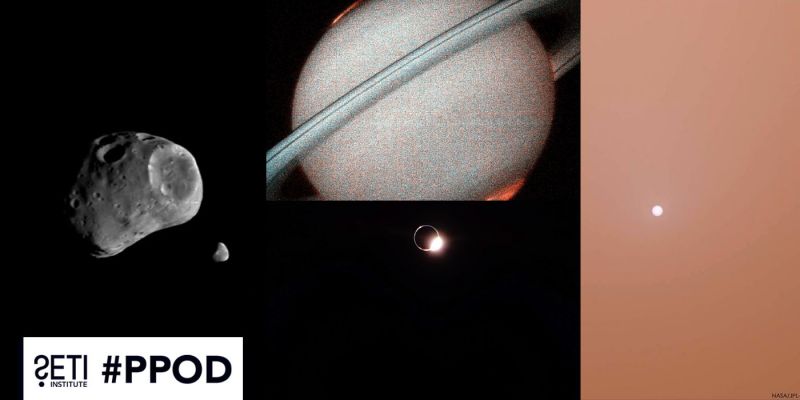
March 5, 2024, Mountain View, CA – The moon lander Odysseus, known as Odie, touched down on the Moon's surface on February 22, becoming the first time the U.S. has landed on the Moon in more than 50 years and the first commercial moon lander to successfully land on the Moon. Along with its science payload, the spacecraft also brought along a fusion of art and space exploration, SETI Institute's Artist in Residence (SETI AIR), Felipe Pérez Santiago's Earthling Project, a collection of global musical compositions representing Earth's cultural diversity and harmony. Intuitive Machines built Odie, and a SpaceX Falcon 9 rocket launched it. The mission is one of several NASA contracted as part of its Commercial Lunar Payload Services (CLPS) program.
“These recent commercial missions mark the beginning of a new chapter: humanity's permanent settlement on the moon. This leap forward requires the establishment of industries and services to support the complex infrastructure needed for lunar living. The result of this first landing signals our readiness for this challenge.” said Franck Marchis, Senior Astronomer and Director of Unistellar Citizen Science at the SETI Institute.
“Beyond the technological and scientific achievements, it is noteworthy that the mission included an artistic component, the Earthling Project, in its payload. This inclusion highlights the importance of carrying our cultural and artistic heritage into space, underscoring that our expansion into the cosmos is not just a scientific or political endeavor, but a holistic representation of humanity's collective knowledge and creativity.”
Odie landed near the Moon's south pole, where sunlight can power its solar cells and shadowed craters may hold ice water. Ice water could serve as an essential resource for future human missions to the Moon, with the potential for conversion to rocket fuel. Odie carried 12 payloads from NASA and commercial companies to conduct science activities on the Moon. These instruments collected information about the Moon to support future human missions and exploration.
Odie’s landing was not without challenges. The lander's range-finding system was inoperable and the team needed to recode Odie to use a different range-finding system to execute a safe landing. Additionally, the lander tilted on its side during landing. Nonetheless, the mission was able to collect data across all science payloads. For now,Odie is in sleep mode and Intuitive Machines will attempt to reawaken the craft in approximately three weeks when the sun hits its solar panels again.
The mission marks a milestone for the Earthling Project following a previous attempt to deliver compositions to the lunar surface as part of the Astrobiotics Peregrine mission earlier this year.
"As a composer, my journey has always been about seeking new ways to communicate and express," said Pérez Santiago. "Joining the SETI Artist in Residence Program opened a unique avenue to realize this vision, allowing me to bring together voices from across the globe into a musical narrative that speaks for humanity at this pivotal moment in our history. This collective effort, culminating in the music of the Earthling Project, sends a message of peace and unity from Earth to the cosmos."
The Earthling Project, begun in 2019, is a brainchild of Santiago in collaboration with Dr. Jill Tarter and a global team of talents and aligns with the Arch Mission Foundation's objectives. This nonprofit organization focuses on preserving human knowledge for future generations, with the Earthling Project now included in their Lunar Library—an indestructible nickel-etched archive currently residing on the Moon. The Earthling Project collected voices from 10,000 people that were used in creating the musical compositions sent with Odie.
Listeners eager to experience this historic interstellar message can stream the Earthling Project album, a testament to the collaborative spirit of hundreds around the world on Apple, Spotify, and other platforms. For a deeper dive into the project's origins, inspirations, and aspirations, the SETI Institute invites you to view the enlightening SETI Live interview with Felipe Perez Santiago and the Director of the SETI AIR program.
For streaming and further details, please visit:
About the SETI Institute
Founded in 1984, the SETI Institute is a non-profit, multi-disciplinary research and education organization whose mission is to lead humanity’s quest to understand the origins and prevalence of life and intelligence in the Universe and to share that knowledge with the world. Our research encompasses the physical and biological sciences and leverages expertise in data analytics, machine learning and advanced signal detection technologies. The SETI Institute is a distinguished research partner for industry, academia and government agencies, including NASA and NSF.
Contact information
Rebecca McDonald
Director of Communications
SETI Institute
rmcdonald@seti.org





